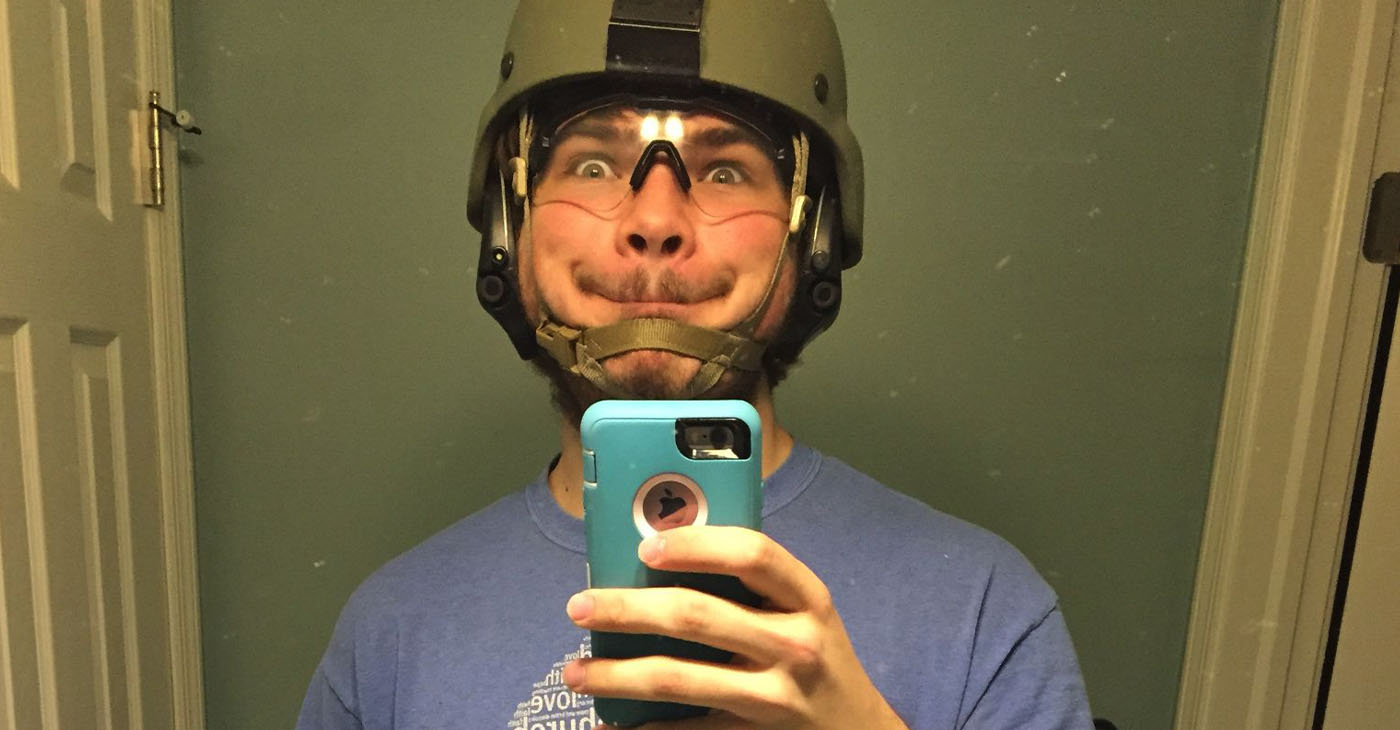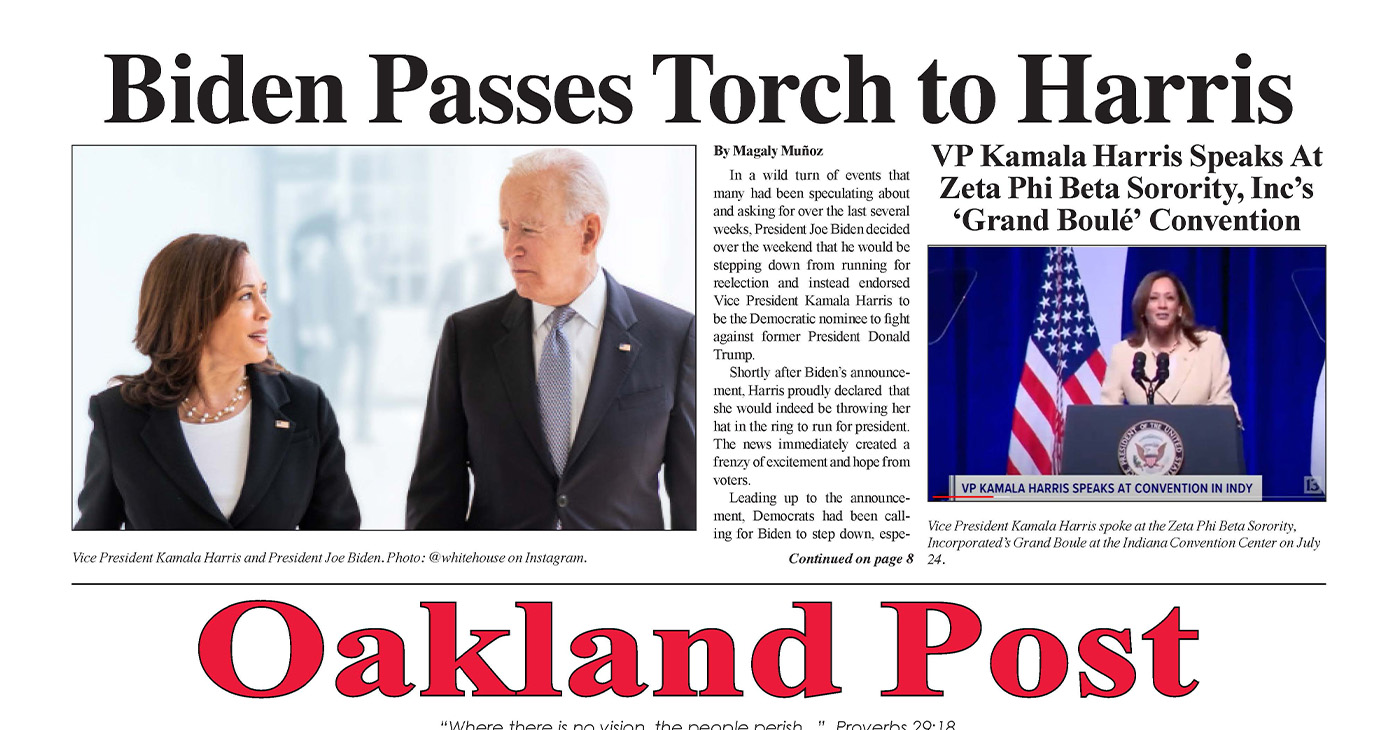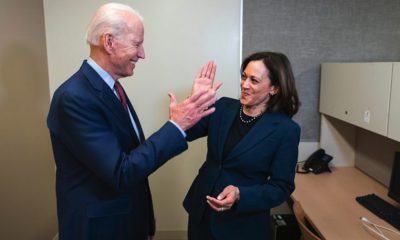Black History
Racist Sentenced to Life in Prison for Buffalo Mass Killing of African Americans
NNPA NEWSWIRE — “While past violent white supremacist attacks seem to have factored into this heinous act, we must acknowledge that extremist rhetoric espoused by some media and political leaders on the right promoting theories that vilify or dehumanize segments of our society like ‘the great replacement theory’ is a factor too,” wrote U.S. House Homeland Security Chairman Bennie Thompson in an earlier statement.

By Stacy M. Brown, NNPA Newswire Senior National Correspondent
@StacyBrowMedia
A white man who traveled to a Buffalo grocery store in May and killed 10 African Americans, including Black Press writer Katherine Massey, pled guilty to 25 criminal counts on Monday and will spend the rest of his life in prison.
A grand jury previously indicted Payton Gendron, 19, on domestic terrorism, first-degree murder, attempted murder, hate crimes, and weapons possession.
A single domestic terrorism motivated by hate charge carries an automatic life sentence upon conviction.
Prosecutors said Gendron acknowledged that he committed the heinous crimes “for the future of the white race.”
A lawyer for the victims indicated relief that the state’s case didn’t go to trial.
“It avoids a lengthy trial that they believe would be very difficult for the families,” said Terrence Connors, an attorney representing the victims’ families.
“I think it was pretty clear they had no real defense.”
The self-described white supremacist, Gendron, previously pled not guilty to federal hate crime charges. Federal law allows for the death penalty in those cases.
He still faces 27 federal counts, including ten counts of hate crimes resulting in deaths, three counts of hate crimes involving an attempt to kill, and 13 counts of using, carrying, or discharging a firearm related to a hate crime.
Prosecutors said Gendron possessed a 180-page manifesto that revealed troubling perceptions the self-avowed white supremacist had.
He complained of the dwindling size of the white population and included his fears of ethnic and cultural replacement of white people.
Gendron described himself as a fascist, a white supremacist, and an anti-Semite.
His live-streamed shooting spree has left at least ten dead and several more wounded.
Unlike the many unarmed Black people killed during encounters with law enforcement, the white racist is alive to plead not guilty in court.
“While past violent white supremacist attacks seem to have factored into this heinous act, we must acknowledge that extremist rhetoric espoused by some media and political leaders on the right promoting theories that vilify or dehumanize segments of our society like ‘the great replacement theory’ is a factor too,” wrote U.S. House Homeland Security Chairman Bennie Thompson in an earlier statement.
Council on American-Islamic Relations (CAIR) National Deputy Director Edward Ahmed Mitchell added that the organization condemns the white supremacist terrorist attack targeting Black men and women in Buffalo and the racist rhetoric that has sparked such violence.
“The constant repetition of white supremacist conspiracy theories on social media and even mainstream media outlets has led to horrific violence in places as distant as Christchurch, El Paso, Oslo, and Charleston,” Mitchell asserted earlier.
“Those who promote racism, white supremacy, antisemitism, Islamophobia, and other forms of bigotry must be held accountable for the violence they inspire.”
Mitchell added that CAIR has often spoken against those who promote the “great replacement” and other racist conspiracy theories.
Brown said the teen surveilled the area for several days and targeted a busy place in an area predominantly populated by Black people.
Gendron’s manifesto noted, “Zip code 14208 in Buffalo has the highest Black percentage that is close enough to where I live.”
According to the U.S. Census, the zip code is 78 percent Black and among the top 2 percent of zip codes nationwide with the highest percentage of the Black population. In addition, it has the highest rate of the Black population of any zip code in upstate New York.
“Well, this manifesto tells everything to us. And that is what’s so bone-chilling about it is that there is the ability for people to write and subscribe to such philosophies filled with hate,” New York Gov. Kathy Hochul said after the shootings.
“The white supremacist acts of terrorism that are being fermented on social media and to know that what this one individual did has been shared with the rest of the world as well as the live-streaming of this military-style execution that occurred in the streets of my hometown.”
Massey, one of Gendron’s victims, spent her life trying to clean up and help her community. While she retired from Blue Cross Blue Shield, Massey, 72, remained active in her community as the Cherry Street block club president and as a columnist for the Buffalo Challenger, an NNPA member newspaper.
“She was the greatest person you will ever meet in your life,” her nephew, Demetrius Massey, told reporters.
Activism
Oakland Post: Week of July 24 – 30, 2024
The printed Weekly Edition of the Oakland Post: Week of July 24 – 30, 2024

To enlarge your view of this issue, use the slider, magnifying glass icon or full page icon in the lower right corner of the browser window. ![]()
Activism
Oakland Post: Week of July 17 -23, 2024
The printed Weekly Edition of the Oakland Post: Week of July 17 -23, 2024

To enlarge your view of this issue, use the slider, magnifying glass icon or full page icon in the lower right corner of the browser window. ![]()
Black History
Betty Harris: Inventor of Spot Test That Revolutionized Chemical Detection
Our accomplishments never cease to amaze me. Imagine being a scientist who can detect hidden chemicals with just a simple test. Here’s another hidden gem. Dr. Betty Harris is a brilliant scientist and inventor known for her work in chemistry. She was born on July 29, 1940, in Louisiana. From a young age, Betty was fascinated by science. She loved to learn how things worked and always asked lots of questions. Her passion for science led her to become a chemist.

By Tamara Shiloh
Our accomplishments never cease to amaze me. Imagine being a scientist who can detect hidden chemicals with just a simple test. Here’s another hidden gem.
Dr. Betty Harris is a brilliant scientist and inventor known for her work in chemistry. She was born on July 29, 1940, in Louisiana. From a young age, Betty was fascinated by science. She loved to learn how things worked and always asked lots of questions. Her passion for science led her to become a chemist.
By 1961, aged just 19, she had graduated from Southern University in Baton Rouge with a chemistry degree.
She did her research at Los Alamos National Laboratory, New Mexico, where she worked in the areas of hazardous waste treatment and environmental remediation as well as explosives chemistry. Areas of focus included explosives detection, synthesis and characterization of insensitive high explosives and sensitivity of weathered high explosives.
Her invention, a spot test for TATB, represents a significant advancement in the detection of this crucial but stable explosive compound.
TATB stands for 1,3,5-triamino-2,4,6-trinitrobenzene. It’s a type of explosive that is very stable and safe to handle, making it important for various safety applications. TATB is used in explosives because it doesn’t explode easily under heat or shock, which means it’s safer to store and use.
Harris invented a special test called a “spot test” to detect TATB. Before her invention, finding TATB in materials was difficult and time-consuming. Her spot test made it quick and easy to detect this important chemical.
The spot test developed by Harris is a simple yet powerful method that involves a few straightforward steps. A small sample of the material in question is obtained. The sample is treated with a special chemical solution formulated by Harris. If TATB is present in the sample, the solution undergoes a color change, providing a clear and immediate indication of its presence.
Harris’s spot test is important for several reasons. The test helps ensure that explosives are safe to handle and store. By detecting TATB quickly, accidents can be prevented. It is easy to use and provides fast results, saving time and resources.
Inventions like Harris’s help science to progress by making it easier to work with important chemicals.
Her contributions extend beyond her scientific achievements. She is a passionate advocate for education and has been a mentor to countless young scientists, particularly encouraging girls and African American students to pursue careers in Science, Technology, Engineering and Math (STEM) fields.
Her dedication to fostering the next generation of scientists has earned her numerous accolades and respect in the academic community.
Harris still lives in New Mexico.
-

 Arts and Culture3 weeks ago
Arts and Culture3 weeks agoRooted in Tradition: The Intricate History of Black Hair Braiding
-

 Bay Area4 weeks ago
Bay Area4 weeks ago“I Will Not Be Bullied,” Says Oakland Mayor Sheng Thao
-

 Bay Area2 weeks ago
Bay Area2 weeks agoPG&E Increases Rates While Bay Area Households Are Struggling to Stay Afloat
-

 Business3 weeks ago
Business3 weeks agoGov Newsom: Raising Fast Food Minimum Wage to $20 Pays Off as Jobs Multiply in Industry
-

 Activism4 weeks ago
Activism4 weeks agoOpponents of Mayor Sheng Thao Are Calling on Her to Resign Following FBI Raid
-

 Community1 week ago
Community1 week agoHundreds Come to Jehovah’s Witnesses’ Assembly Hall for Three-Day Program of ‘Good News’ in Fremont
-

 Bay Area2 weeks ago
Bay Area2 weeks agoJuneteenth Mass Shooting Suspect Charge with Multiple Counts of Felony Assault by Alameda County DA Pamela Price
-

 Activism4 weeks ago
Activism4 weeks agoOakland Coliseum Sale to AASEG: A Model for Community Development and Inclusion


















































